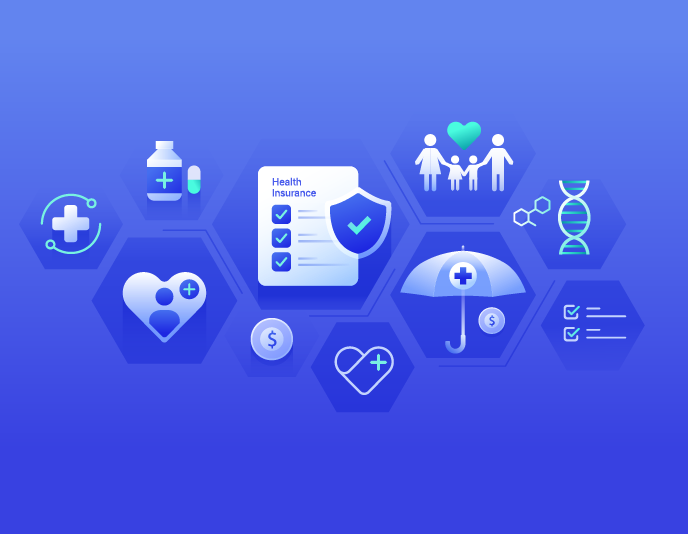Data and analysis for informed and equitable decision-making
Featured Work

Publicly Funded Behavioral Health Services: Interactive Dashboard
Review this dashboard to learn about Medicaid and County funded mental health and substance use services, including client demographics and costs.

Highland Detention Center: Interactive Dashboard
Review this dashboard to learn about youth detained in the Highland Detention Center and in the former Shuman Detention Center —including entries, exits, length of stay, types of charges and demographics (race, sex, age).
Data Tools
Quick Count
Human Services Community Profile
Topics
Recent Work

Publicly Funded Behavioral Health Services: Interactive Dashboard
Review this dashboard to learn about Medicaid and County funded mental health and substance use services, including client demographics and costs.

Highland Detention Center: Interactive Dashboard
Review this dashboard to learn about youth detained in the Highland Detention Center and in the former Shuman Detention Center —including entries, exits, length of stay, types of charges and demographics (race, sex, age).

Substance Monitoring: Interactive Dashboard
Review this frequently updated dashboard to learn about the innovative approaches Allegheny County partners use to track high-risk substances in the County.
